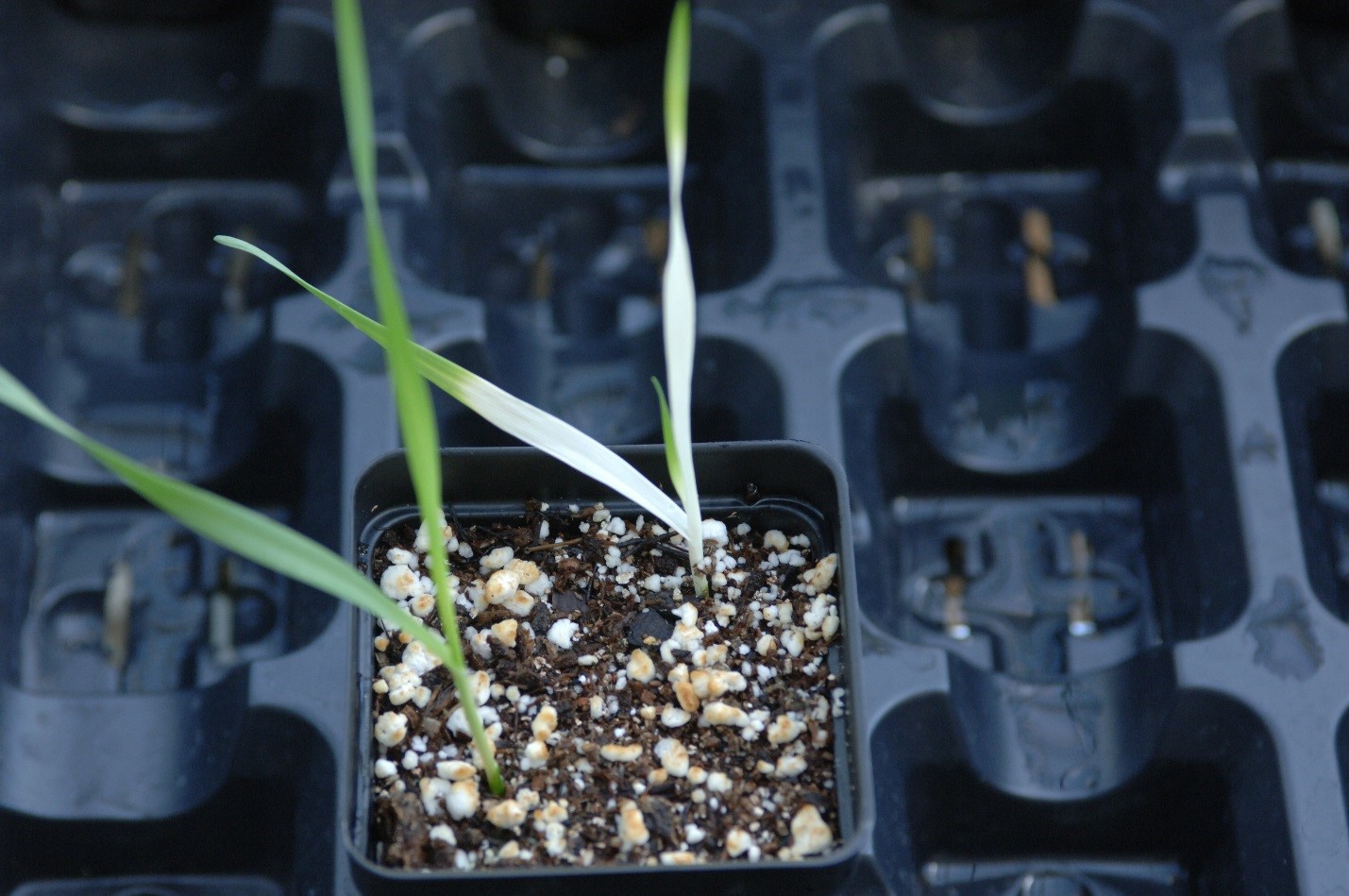Gene Editing: in-gene-ous or gene-ric?
Crop marketing in 2019 may be more difficult than ever worldwide. One more reason for the difficulty is the current tiered system of gene technology. As of now, there are three types of breeding technology that affect the potential of crop import/export around the world: 1) traditional breeding techniques, 2) transgenic techniques, and 3) gene-edited techniques. All world markets accept ‘traditionally bred’ grain. Some markets accept transgenic grain. There is a lot of international debate about where gene-edited grain will fit, but as of now, some countries view it the same as transgenic while others view it similar to traditional breeding methods. The following is some clarification about what’s involved in the different breeding approaches.
Traditional breeding: The term conjures an image of a person in a field transferring pollen from one plant to another. Traditional breeding accounts for nearly all the plant improvement we now enjoy with modern varieties and hybrids (like the evolution of teosinte to modern corn). However, ‘traditional’ breeding uses many cutting edge technologies to aid in crop improvement. Most breeding programs have tools that help identify if a gene of interest was transferred from one plant to another. Various technologies are used to gather useful genes into a single plant, which may become a variety/hybrid if those genes form a trait (i.e. disease resistance or improved yield) that is more beneficial than its predecessors. One of the challenges with traditional breeding is that when a cross between plants is made, many genes from both plants will be present in the progeny, which likely includes a number of genes that have no relevance to the intended makeup of the plant. Because of this, it can take many more generations of crossing plants or some other technological feat to get only the desired traits. A lot of the technology in plant breeding is dedicated to hasten this time-consuming endeavor. This is one key area where the different gene technologies diverge.

A partially albino wheat trait.
Transgenic (aka GMO) approaches: This technology allows a breeder to find a gene of interest and directly insert it into the desired plant. This is termed transgene (trans means move) as the gene comes from one plant and moves to another. The gene could come from the same species or not. This greatly reduces the time it takes to get a desired trait, makes the breeding more precise, and allows one to generate traits that are not otherwise available to a species. I won’t get into the merits of this approach, but the controversy of the technology boils down to whether the new trait would have unintended consequences either due to the gene transfer or the effect of the gene on other plant processes. Examples of current transgenic technologies include many of the herbicide resistance traits, insect resistance, and drought tolerance.
Gene Editing: This technology is relatively new and consists of different methods. The simplest form of gene editing is turning a gene off. Many plants contain genes that are not desirable for their end use in either food, feed, fiber, or fuel. Gene editing can change the sequence of that gene so it no longer works. One of the early successes with that technology are non-browning apples. In this case, there is no transgene, so proponents want to categorize it similar to traditional methods of breeding. There are some instances of gene editing where new DNA segments can be inserted to change the function of a gene. That is where things get more complicated. At any rate, the technology allows breeders to make very rapid and relatively cheap improvements compared to either traditional or transgenic approaches. Thus, many see this as the way of the future. The European Union, and other places, view this technology in the same way as transgenic crops for regulatory purposes. Next year, some of the first commodity crops will be sold with this technology.

DNA sequence alignment for a gene of interest.
No matter your view on these various technologies, it is important to understand the similarities and differences of each. How the global market and local consumers will respond remains to be seen.
If you’ve made it this far, congratulations. Here are my attempts at gene hacking:
I Dream of Gene-ie
Gene-glebell Rock
Gene of Thrones
To Gene or not to Gene
Gene Means Go
Gene in the Sky with Diamonds
Jolly Gene Giant
Gene and Order: DNA
Mike Ostlie, Ph. D.
mike.ostlie@ndsu.edu
Research Agronomist


